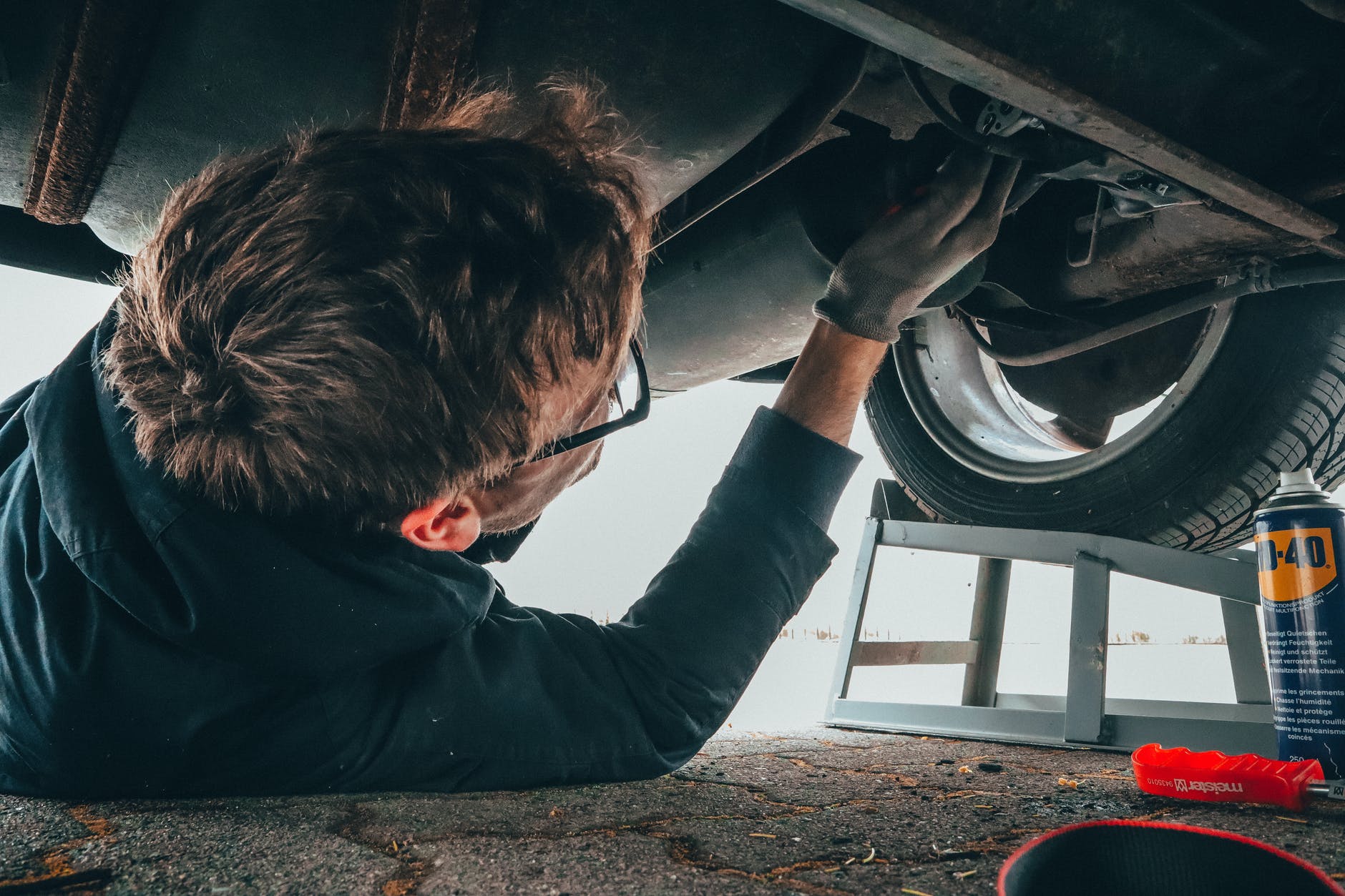Checking your transmission fluid in your car before a long trip or just as a preventive maintenance measure is extremely easy and can save you a great deal of money. You won’t have any trouble. For a longer engine life, use the best transmission fluid. Read to the end and learn how and why you should check your transmission fluid.
When checking the transmission fluid, it’s best to do so when the engine is warm since the petroleum-based fluid will expand and give you the proper reading.
Once you return from the store, you can do this easy job within 60 seconds since the transmission fluid should be warm and the engine should be running. The following instructions show how to check your car’s transmission fluid:
1. Drive a little first
The engine needs to be warmed up and the transmission fluid expanded by driving for about 15 minutes. Because transmission fluid is petroleum-based and expands when heated, you will be able to get a more accurate reading on the dipstick.
2. Park Your Car
Press the brake and shift the transmission lever through all gears, staying in each one for about three seconds while you park your car on a flat, level surface. Let the engine run and release the hood latch after putting the lever on the Car in the park position.
3. Find the hood release latch
Located directly under the center of the hood, the hood release latch should be located. Open the hood by sliding it left; secure the hood by using the metal bracket. The metal bracket will sit on the right side of the wing arch.
4. Locate the transmission rod.
In order to avoid confusion with the yellow engine oil dipstick, the dipstick will be either red or black on the handle. In most engines, the cooling system is located either on the right side of the engine, near the firewall, or at the front, to the left of the exhaust manifold.
5. Remove the rod and clean it with a cloth.
Replacing the rod into the rod tube, removing it again, and comparing the reading on the dipstick with the level indicator at the bottom of the dipstick is the next step. There should be a cross mark on the dipstick that indicates the water level in the transmission or whether you need to add fluid.
6. Add transmission fluid
Pour a small amount of approved transmission fluid into the long, narrow neck funnel and pour it over the dipstick tube. For the first few times, it will be difficult to gauge the appropriate amount to pour, so all you need to do is pour a little, reinstall the rod in the rod tube, and check again.
If you want an accurate reading, you’ll need to let the liquid flow through the gauge tube. According to the fluid specification chart in the owner’s manual, only use the transmission fluid specified for the vehicle. Add additional fluid as necessary.
7. Check the oil level again
Check the level by inserting the dipstick back into the dipstick tube. Adding too much to one time will result in a problem. Repeat this process often and do not add too much at once. If you overfill the system without dropping the transmission case, transmission fluid cannot be removed from the system. Taking out the transmission fluid in this situation is a difficult and time-consuming process. You will probably have to take your vehicle to a service center with expert and approved transmission technicians.
Tips
Remember the following tips:
- Have the drive system cleaned according to the recommendations in the maintenance schedule …
- A transmission flush will clean and change all transmission fluid, including through the torque converter and not just the roughly four liters of the transmission case.
- Check the fluid regularly if you need to add anything to the Car. If you need to keep adding fluid, it may indicate that you have a more serious problem, and your vehicle should be serviced by a qualified transmission repair shop or dealer.
The things you will need
The items you will need are:
- Long and narrow funnel with a neck (if necessary)
- Automatic transmission fluid suitable for your Car (if necessary)
Warnings
Be careful with the following:
- Do not overfill with liquid.

